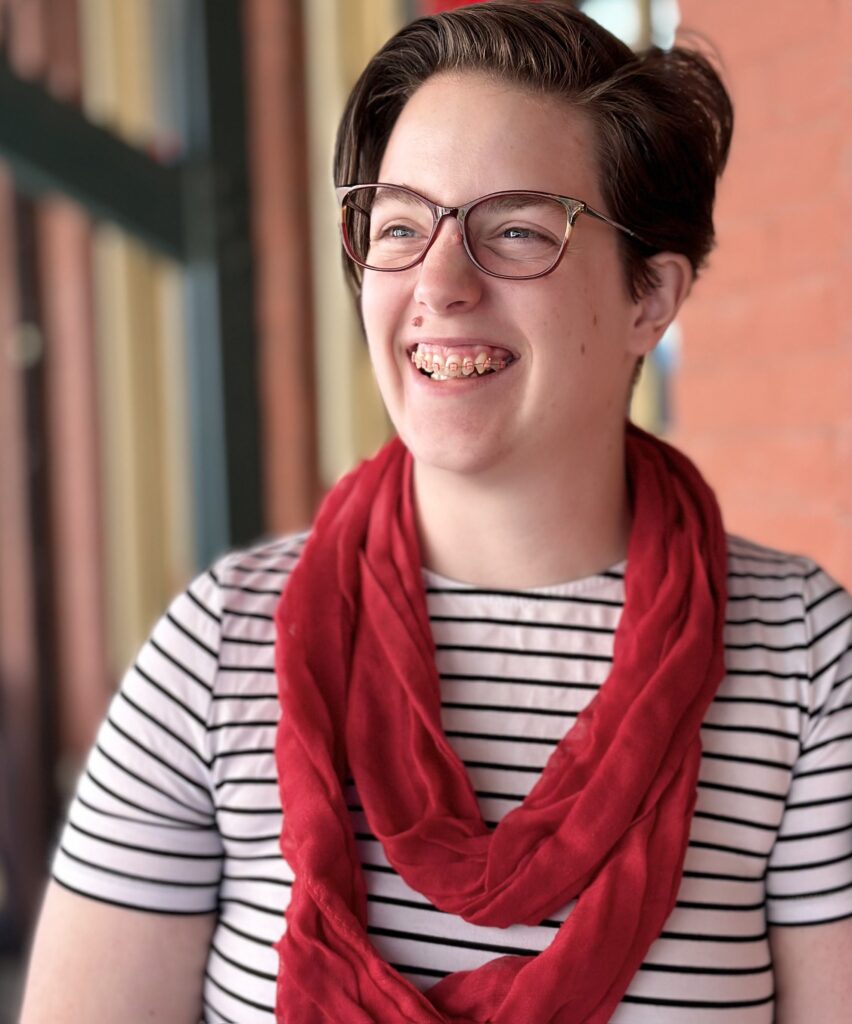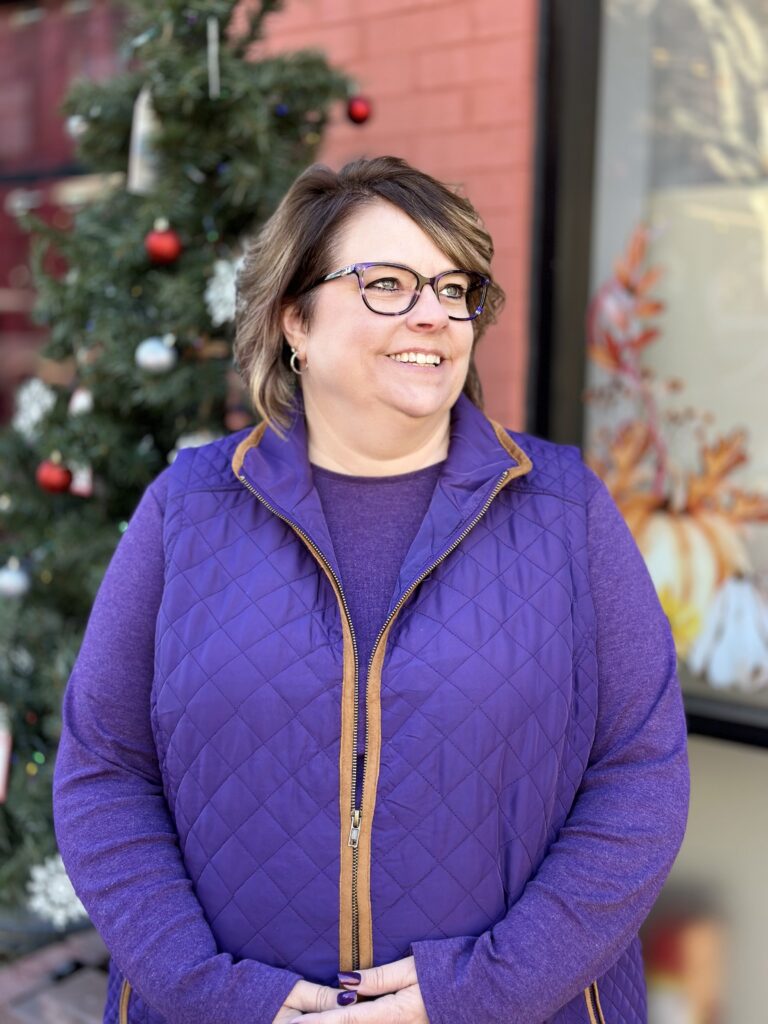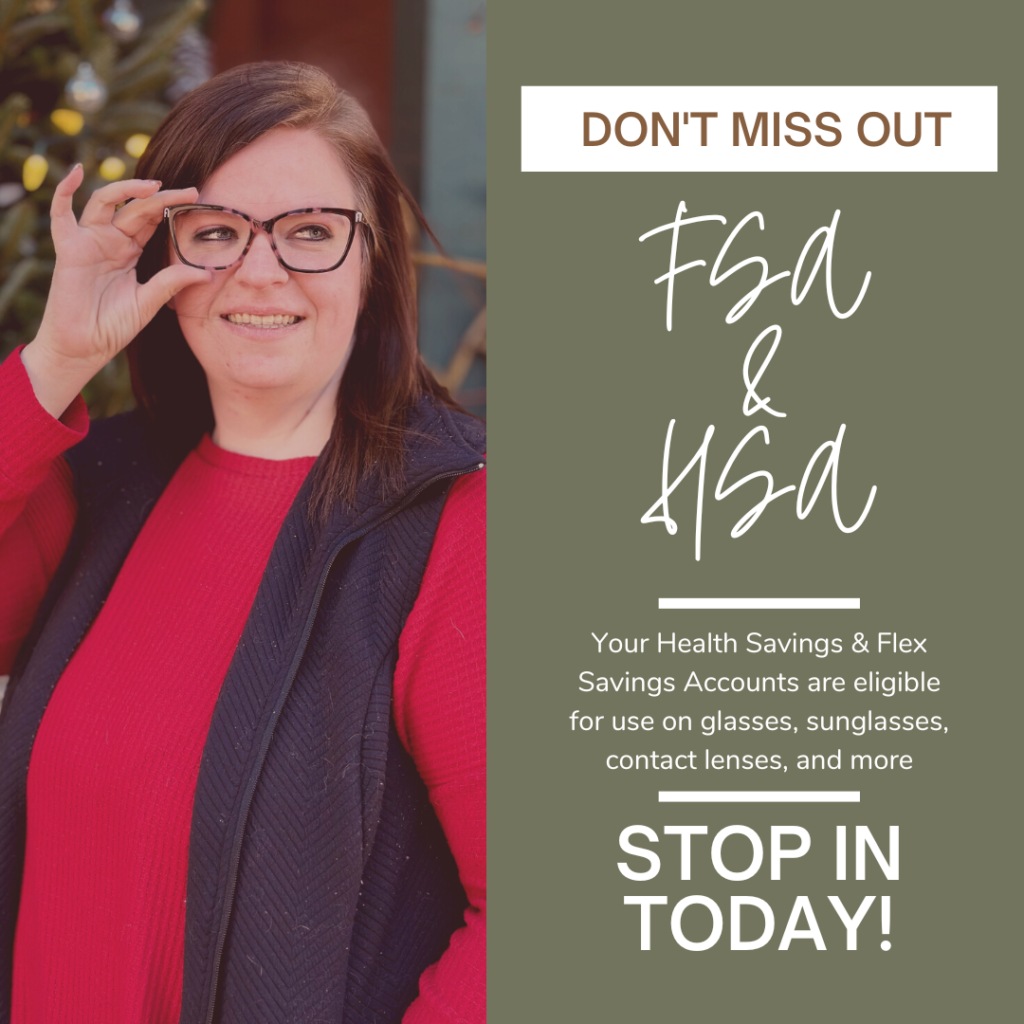HSA & FSA: What’s What? A Quick Guide to Health Savings and Flex Savings Accounts

Each December, the letters FSA and HSA appear everywhere. You’ll see them online, in stores, and more. Even if you participate in one of these accounts, they can be complex. We’ve created a short guide to explain them and help you know some of the benefits you receive through these specialized saving plans.
A Flex Savings Account (FSA) is ideal for frequent use of routine medical expenses.
 If you find yourself with frequent doctor’s appointments, routine prescriptions, or lots of little medical expenses that add up, an FSA is an excellent choice.
If you find yourself with frequent doctor’s appointments, routine prescriptions, or lots of little medical expenses that add up, an FSA is an excellent choice.
Think of an FSA as budgeting extra expenses for the year. You’ll add to your FSA via monthly installments to build a total amount of “extra spending” to use before the end of the year. However, you don’t have to wait to use your funds. The total contribution amount is available to you upon enrollment; this allows you to use the funds tax-free for your medical expenses like doctor copays, prescription costs, deductibles, and more before you’ve made all of your annual contributions.
FSAs are an asset for those with a lower deductible plan who receive regular medical treatments or visit the doctor frequently. You can spend your FSA funds on approved medical items like toothpaste, bandages, and other hygiene products. Your FSA can also be used on larger purchases like prescription eyewear and approved therapy tools.
A Health Savings Account (HSA) is perfect for long-term planning toward medical expenses. 
An HSA is ideal for those with low medical expenses and a high-deductible insurance plan.
It’s helpful to think of a Health Savings Account as a long-term investment. To qualify for an HSA, you must enroll in a High Deductible Health Plan (HDHP). Health Savings Accounts are significantly beneficial for those with limited medical expenses that are planning for future health costs.
As you contribute a monthly amount to an HSA, it accrues interest. Once you’ve designated a certain balance (usually $1000), you can invest your HSA account to bring in even more savings. HSA funds do not expire like FSAs do and are a great asset to anyone looking to build up their savings for future medical expenses.
The money saved in your HSA is non-taxable when used for approved medical expenses. While the money in an FSA expires, HSA funds continue to build over time and do not expire. However, if your insurance plan changes to a lower deductible, you will no longer be able to contribute to your HSA. It is crucial to be aware of any insurance changes to avoid negative impacts on your HSA.
FSA and HSAs approve routine eye care expenses like prescription eyewear and more.
As mentioned earlier, medical expenses, like prescription eyewear, are approved FSA and HSA purchases. You’re entitled to use your funds toward eyewear for yourself and your family. If you have vision insurance, you can also use your FSA or HSA to cover the out-of-pocket (OOP) costs after your insurance claim. Not only can you use your funds for eyewear, but you can also use them toward other eye care expenses like:
- Lasik eye surgery
- Over-the-counter (OTC) eye drops
- Contact lens cleaner
- Therapy eye masks (for dry eye relief, puffiness, or migraines)
- Prescription sunglasses
- And more
Don’t miss out on your health benefits.
Whether you have a yearly budgeting plan like an FSA or a long-term investment in an HSA, you can use these savings to care for your and your family’s health, especially eye care!
Depending on your FSA/HSA plan, you may receive a debit or credit card for your expenses. If you do not receive a card, you will likely need to pay for your items and services up-front and then turn in receipts to your HSA or FSA. A safe practice is to save all your receipts for your medical expenses and purchases; this will ensure your reimbursement through your HSA/FSA for approved items. You can also visit the FSA and HSA website to see approved items like hygienic care and other goods and purchase them online.
For all your eye care needs, schedule your eye exam today.
We have appointments available and are ready to help you make the most of your FSA and HSA with our unbeatable eyewear savings. Ask our opticians about our fully-loaded lens options and BOGO discounts to ensure you capitalize on your eye care experience!

